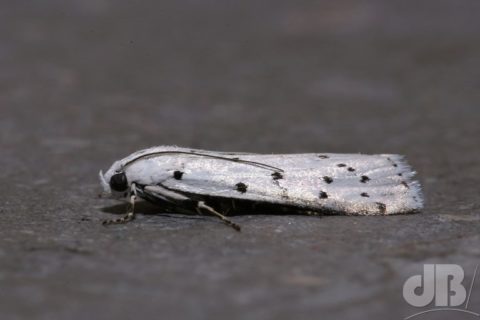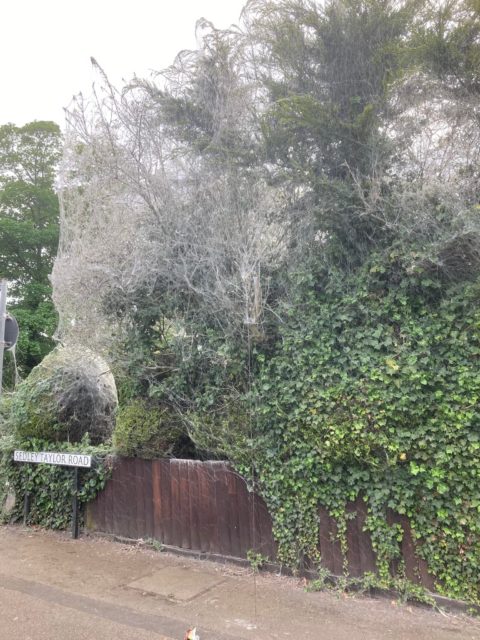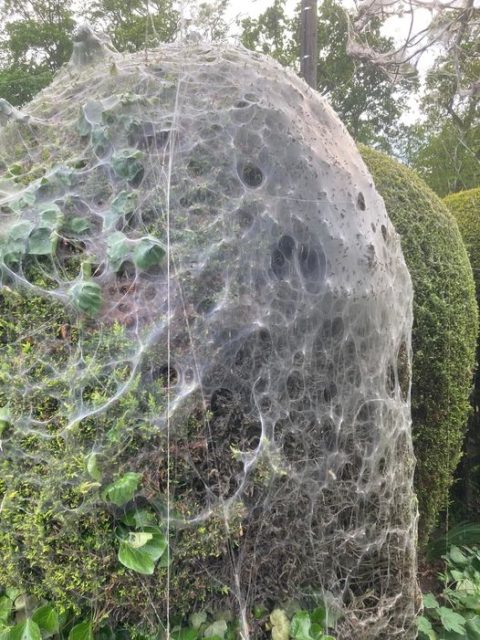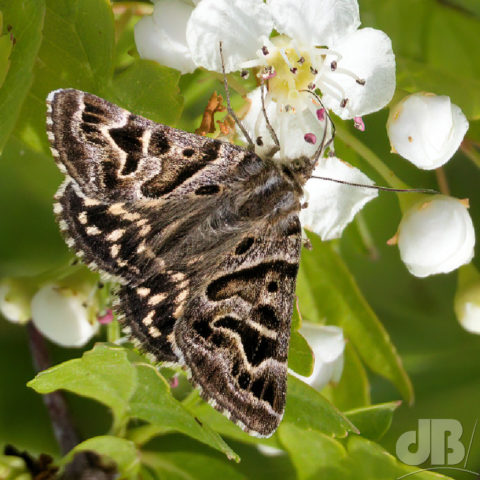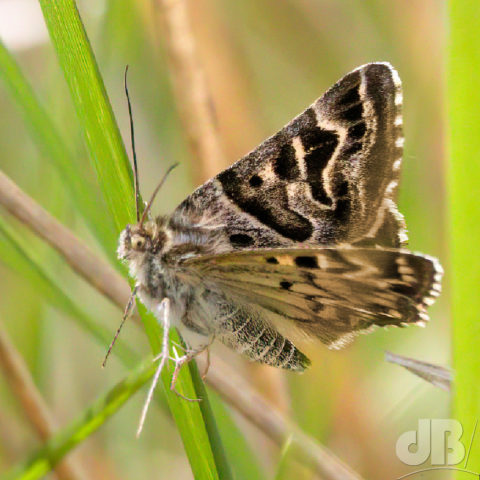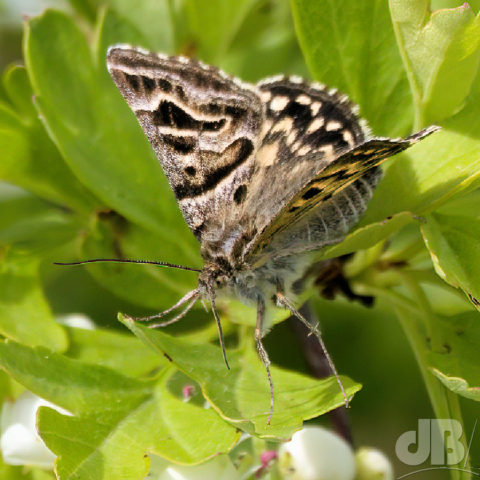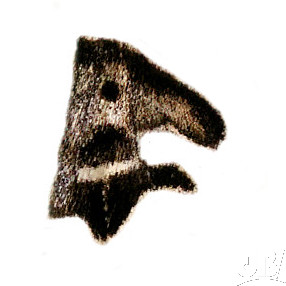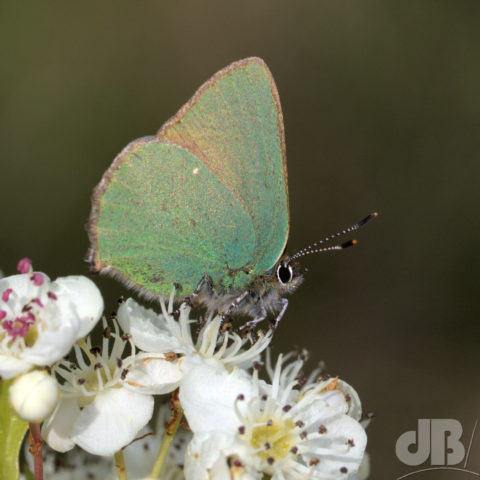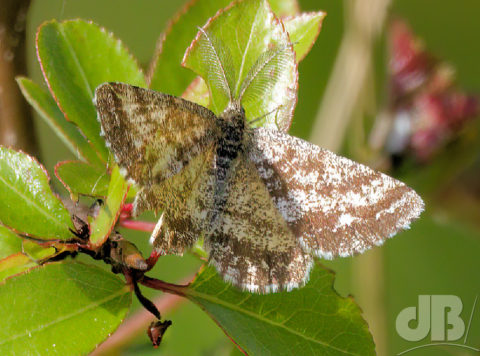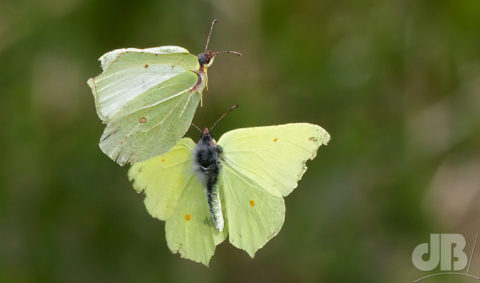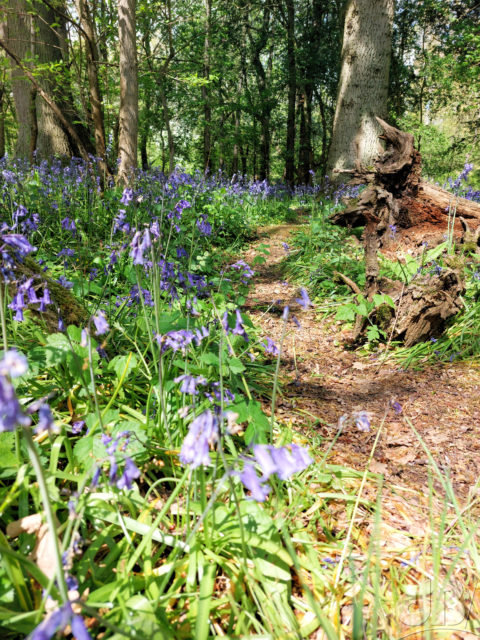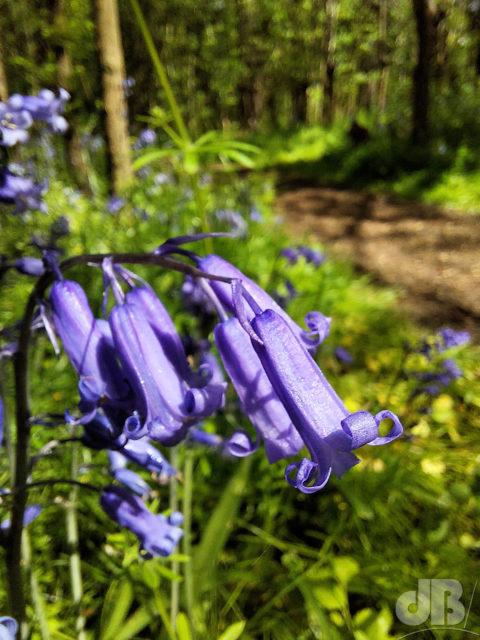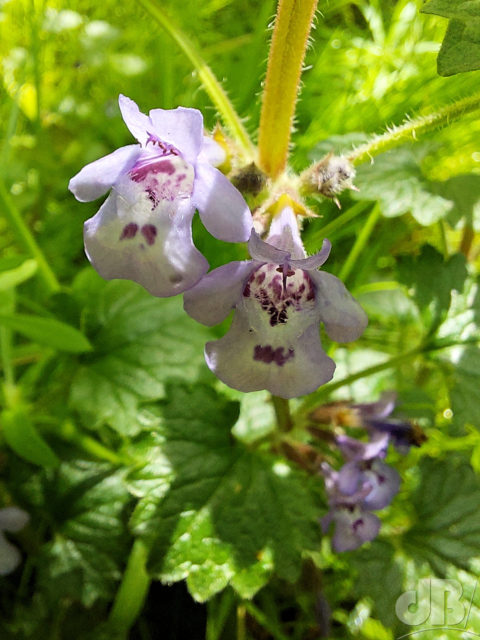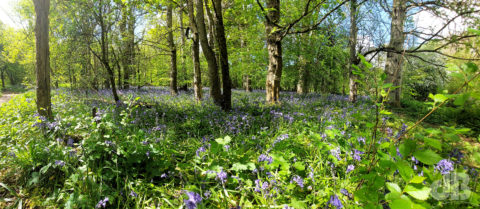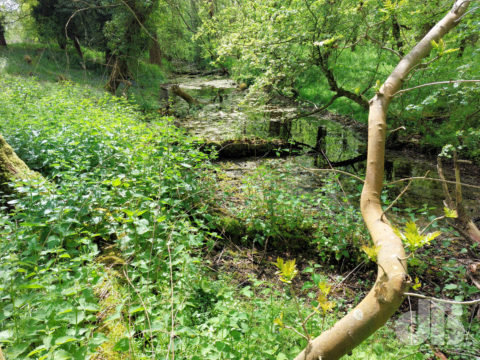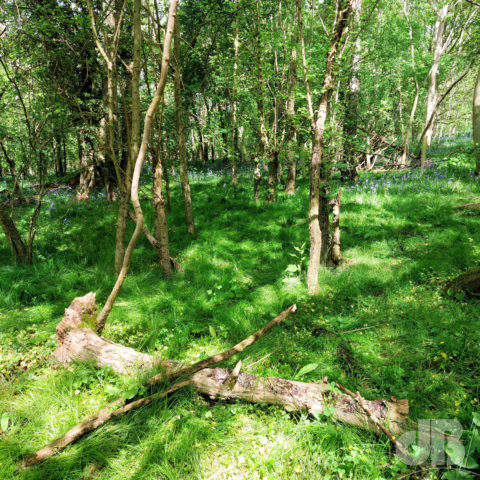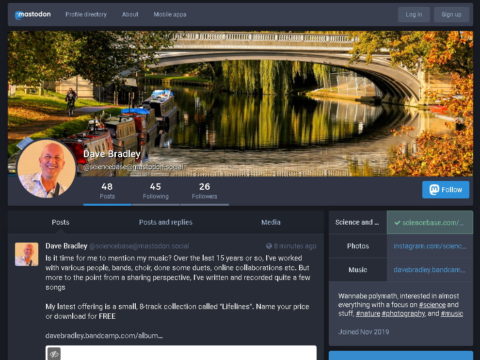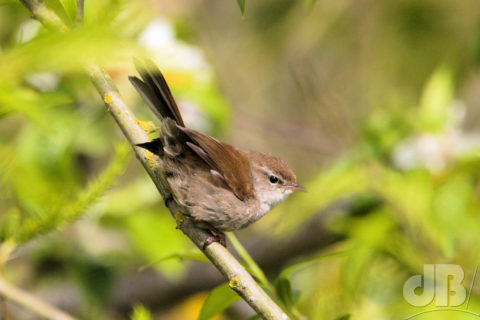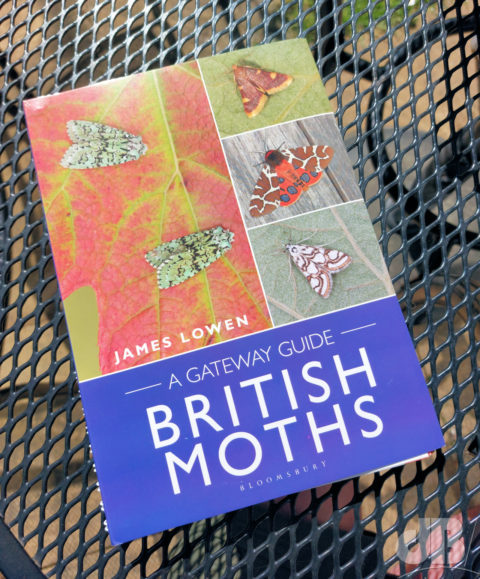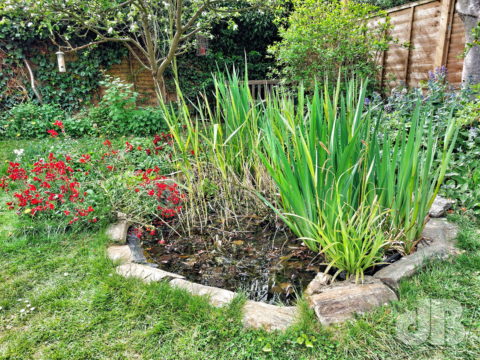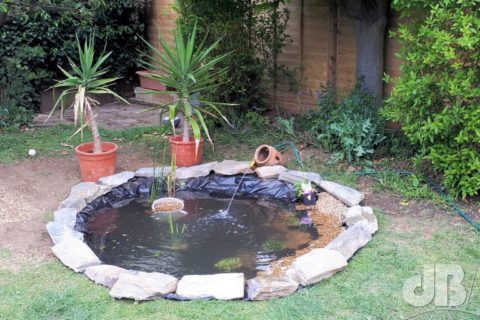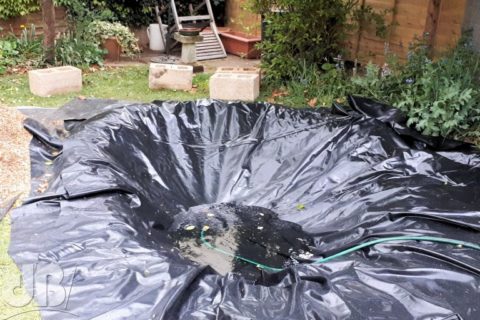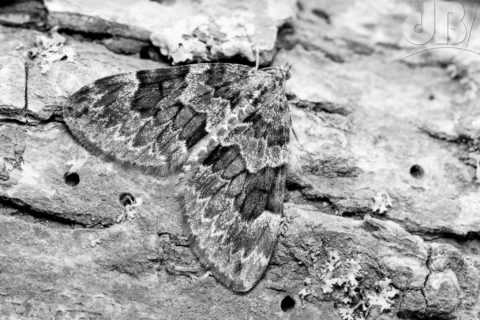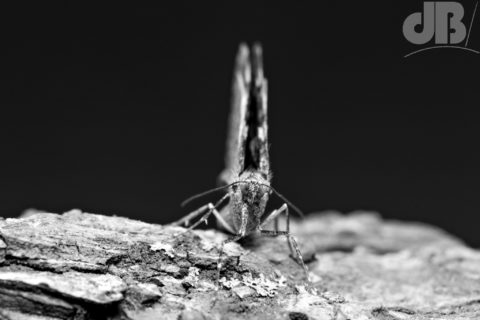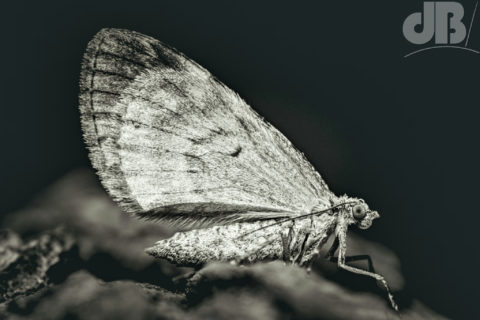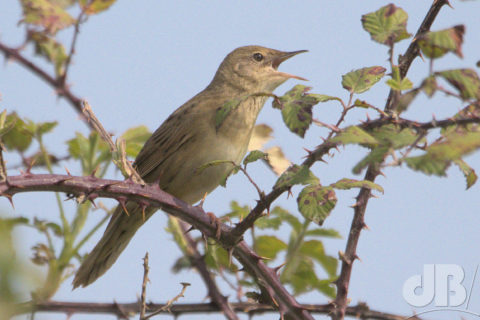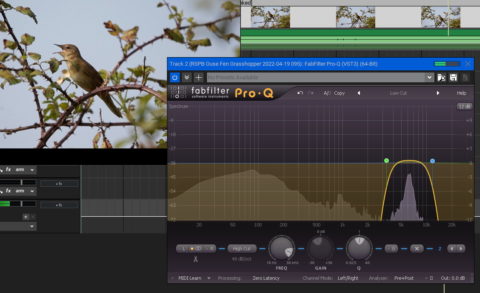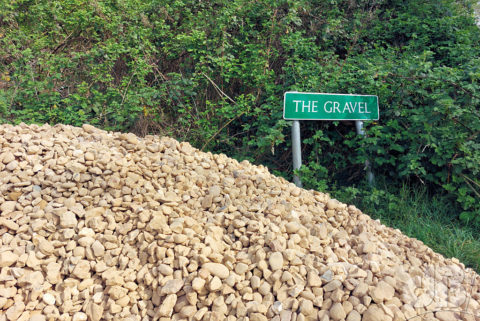An adult (breeding plumage) American Black Tern, Chlidonias niger surinamensis has turned up at the tern sanctuary in Long Nanny Northumberland for the third season in a row.
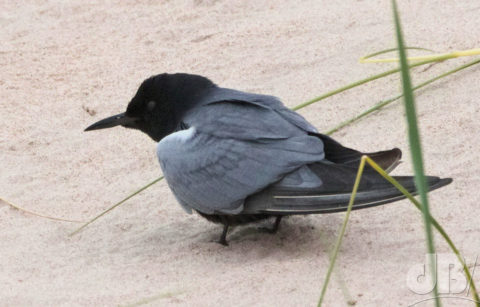
It’s been here for at least three or four days, at least a week earlier than last year and a couple of weeks earlier than 2020. It will probably depart the land in July again. It’s not likely to find a mate among the 800+ Arctic Terns that are present on the dunes right now. Nor their neighbours on the sand, Common Terns, Little Terns, Sandwich Terns.
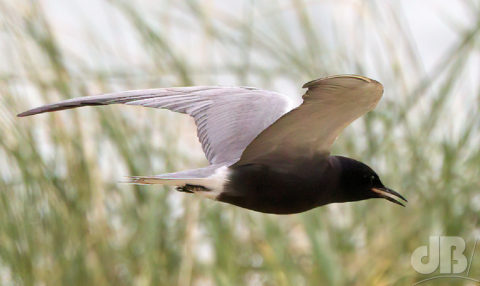
The bird would normally be seen migrating to South American coasts in the northern winter and returning to Canada and the northern USA in the spring to find a mate. At some point, this bird has most likely been far north in the Americas and got caught on a Westerly wind that’s driven it towards Scandinavia and it presumably took a turn south before reaching that part of the world and has found a likely patch on the Northumberland coast that resembles its usual North American breeding grounds. Juvenile C. n. surinamensis have been reported in the UK previously, but this individual is the first adult of the species “ticked” here.

We walked five miles from Seahouses to the tern sanctuary in Long Nanny in the hope of seeing terns and having heard this species might be visible.
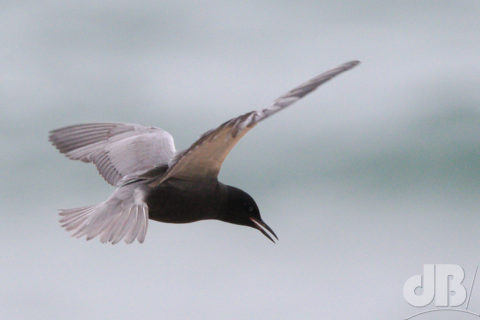
It had departed just minutes before we arrived at the site and were just about to leave after two hours of waiting when it suddenly reappeared, almost within minutes of the high tide beginning its flow. It was dull so did my best with low light and high ISO on the camera.

